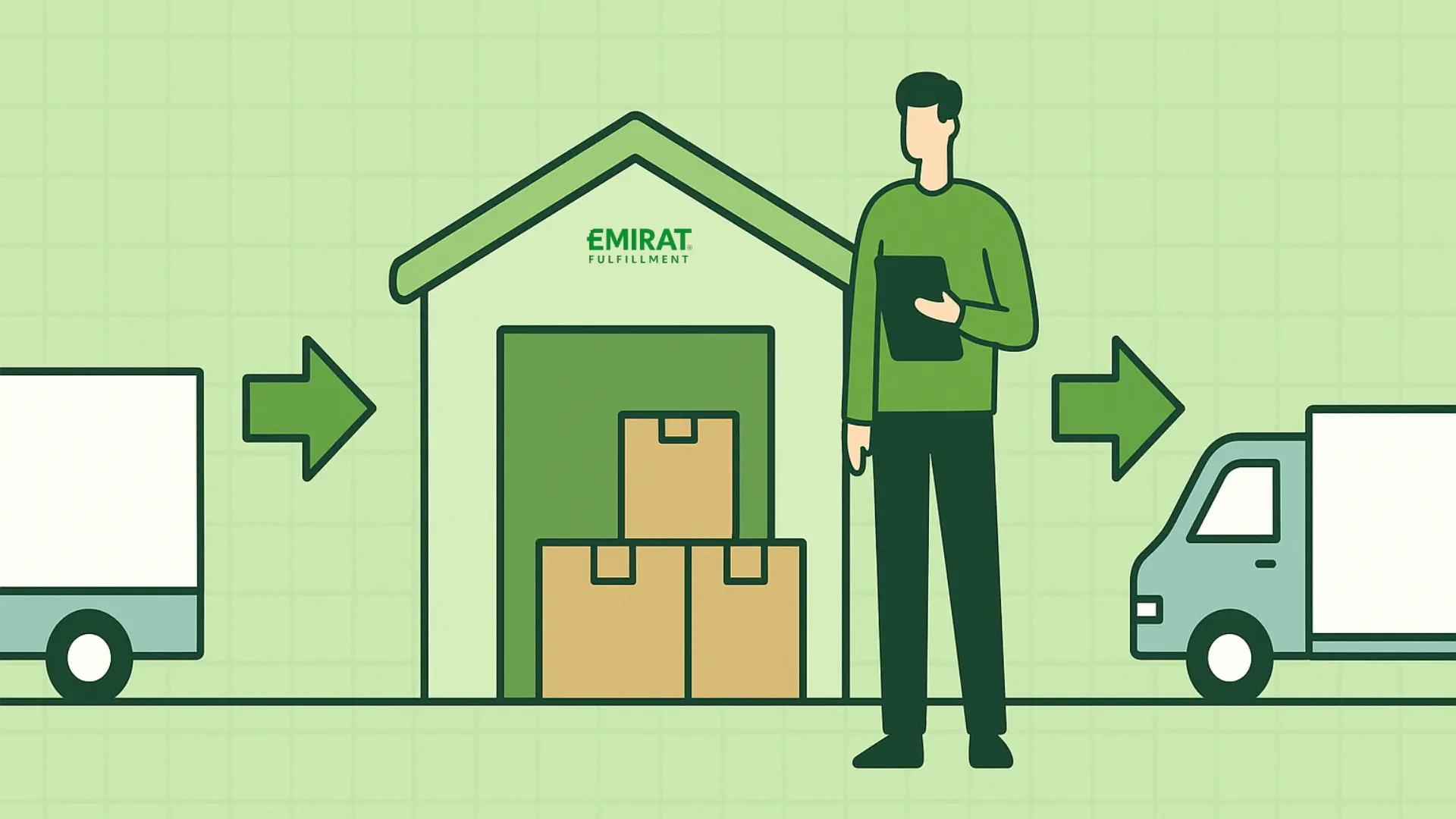
Cross-docking is a logistical process in which goods are not stored after the goods have been received, but are distributed directly. The products are taken over by the supplier, tested, sorted and immediately prepared for further transport. As a result, classic warehouse processes are omitted. The aim of cross-docking is to shorten delivery times, reduce storage costs and speed up the flow of materials.
In cross-docking, goods are delivered to a transshipment point called a cross-docking terminal. There, they are handled, i.e. transferred from the delivery truck to the shipping truck.
Depending on the process, there are two main forms:
Digital systems such as warehouse management software (WMS) or transport management systems (TMS) coordinate these processes in real time so that delivery and collection are precisely coordinated.
An online retailer receives various products from several suppliers. In the fulfillment center, these deliveries are bundled, sorted by destination region and handed over to shipping service providers on the same day. Through this process, the retailer saves warehouse space, speeds up shipping and improves delivery reliability.
Cross-docking is particularly used in e-commerce, retail, wholesale and distribution logistics, where high turnover speeds and low inventories are crucial.